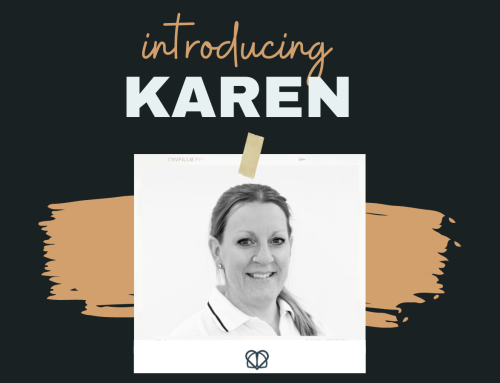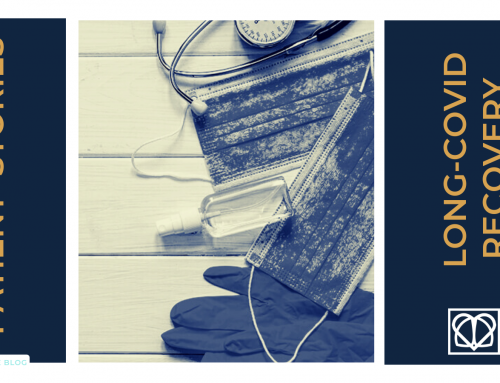-
Headache
-
Air hunger
-
Sighing / yawning
-
Tight chest
-
Asthma
-
Cramps / tremors
-
Panic attacks
-
Excess wind
-
Dizziness / fainting
-
Cough
-
Dry throat
-
Palpitations (noticeable heartbeats)
-
Weakness
-
Chest pain
-
Unreal feelings
-
Pins and needles in fingers and toes
-
Psychological – these can include stress, anxiety and depression
-
Medical conditions – ranging from anaemia (lack of iron) to asthma, from pneumonia to COPD/emphysema or even blood clots on the lungs or fluid on the lungs
-
Drugs – using a Ventolin inhaler or hormonal drugs such as progesterone, and even other non-medical related stimuli such as nicotine, alcohol or caffeine
-
Other – there may be other factors outside of the above such as high altitude, fever (high temperature) hormones or even exercise
Respiratory physio is the best way for you treat the condition. Respiratory physio will help you to reestablish your normal breathing pattern and mechanics.
Working with your respiratory physio will initially involve assessing your current breathing pattern as well as identifying the factors that initially caused the BPD, and/or may trigger any poor breathing pattern in the future. You will then be given a tailored set of exercises to help retrain your breathing pattern, as well as any other identified areas of muscle weakness or tension. Your physio might also discuss lifestyle changes that will have a positive effect on the condition too.
It’s important to understand that there is no quick fix for BPD. To ensure treatment is successful you will need to be engaged and committed to practicing what you’ve been taught outside of your sessions with your respiratory physio. The benefits of doing so are vast – your breathing will return to normal, you’ll feel much less stress and a greater sense of wellbeing.
For more useful information on BPD, visit the Physiotherapy for Breathing Pattern Disorders website.




